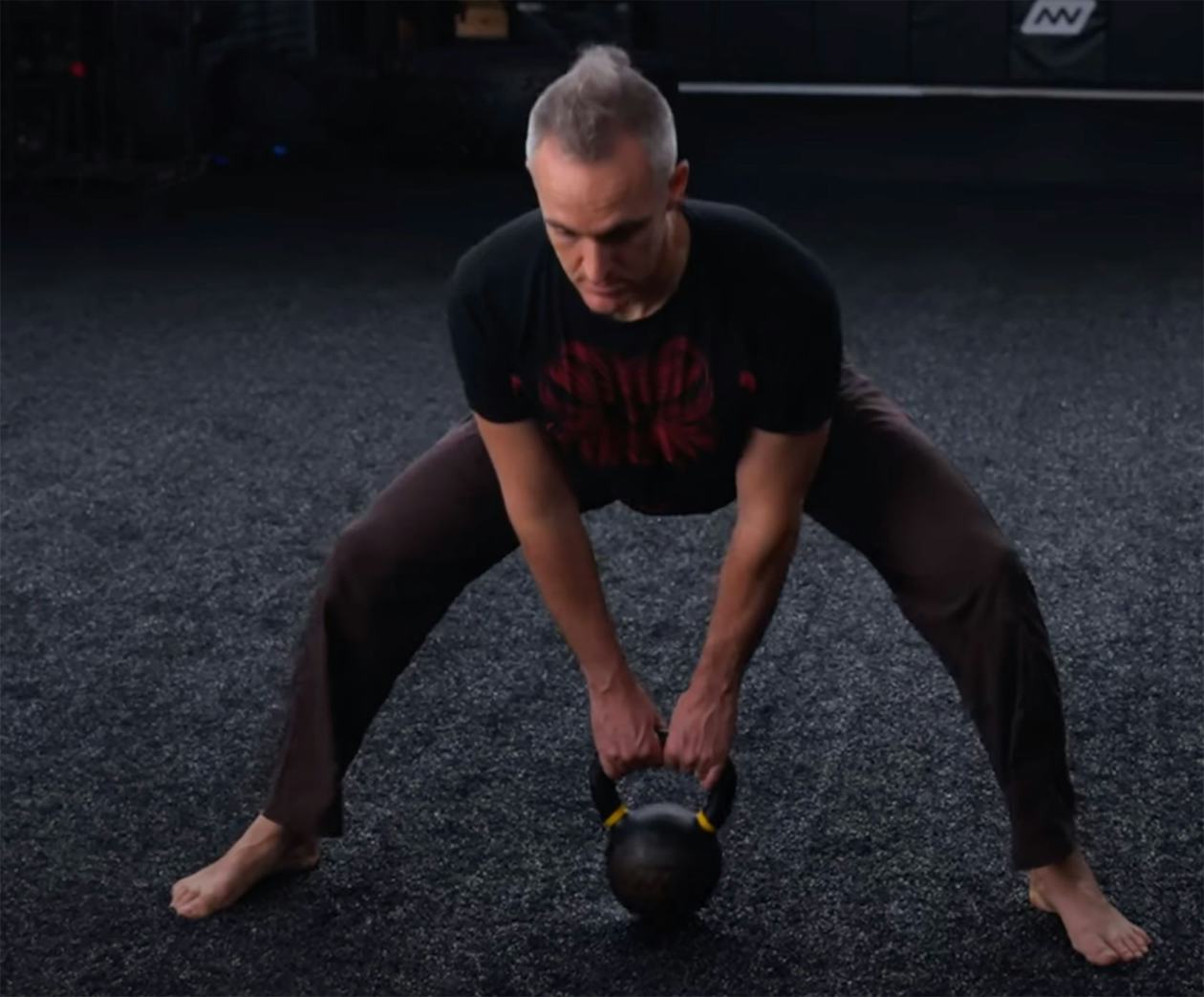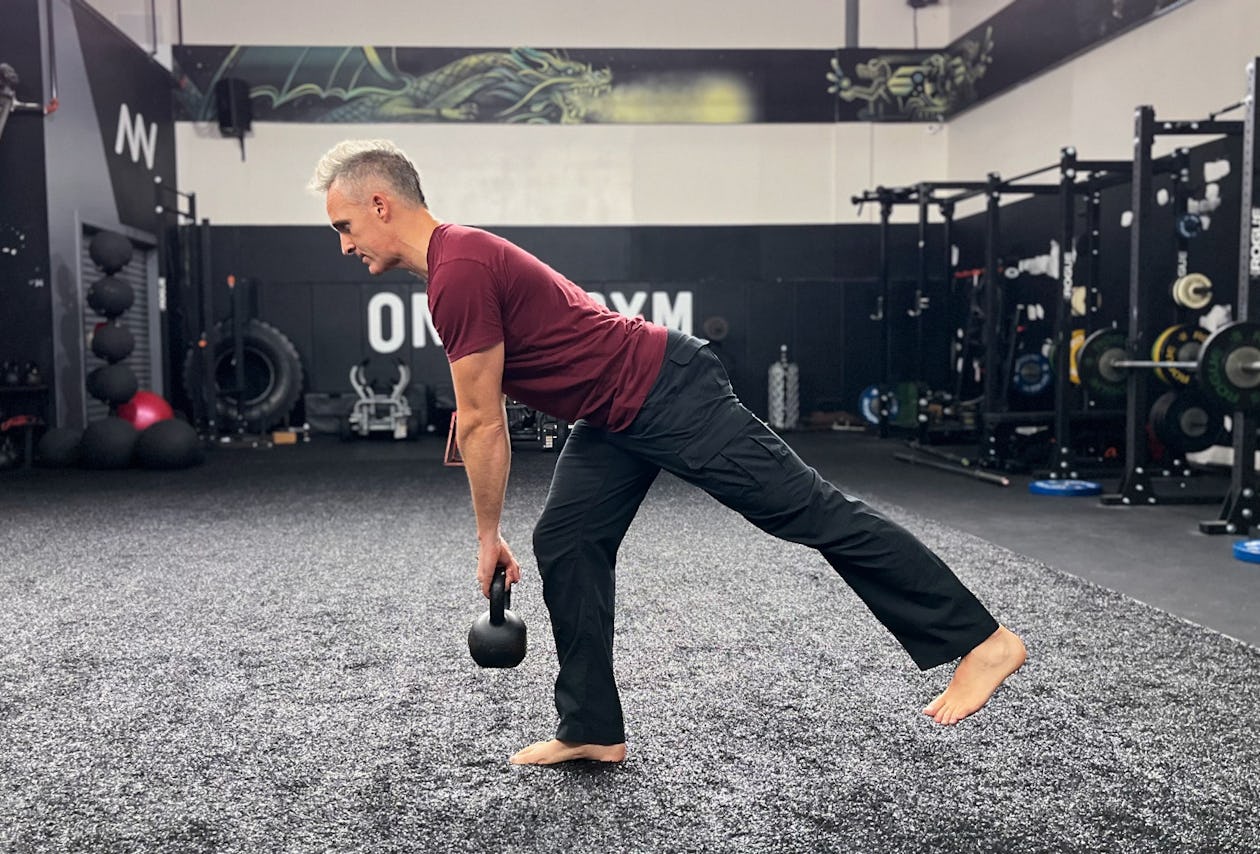Performing the rope climbing exercise properly is essential for Obstacle Racers, regardless of whether you are a pro or a weekend warrior. It is also a coveted skill for anyone who is working on their fitness. No matter what level you are at, here are the top 5 exercises for rope climbing.
Rope Climbing Exercise #1: Seated to Standing Rope Climb
Hang a rope from a pull up bar and straddle the rope, seated on the ground. Climb up and down the rope one hand over the other. Use the assistance of your feet on the ground as much or as little as you’d like, depending on your skill level.
Rope Climbing Exercise #2: Towel Pull ups
Throw a gym towel over a pull up bar and do pull ups holding the towel in each hand. If you do not have a pull up bar, hang the towel from a barbell in a squat rack and perform the same with your feet on the ground. To make this more dynamic, pull the towel to either side of your head alternating sides.
Rope Climbing Exercise #3: Negative Pull Ups
Negative pull ups or chin ups are great for improving your pulling strength while working on your grip. Start with your chin over the pull up bar and lower yourself over a 5 count. This can be scaled by performing with your feet on the ground or progressed by holding weight between your ankles.
Rope Climbing Exercise #4: Lat Pull Downs
If you have sticky points in your pull up or rope climb a great way to get through them is by doing strict form lat pull downs with as much weight as you can for sets of 3-6 reps/
Rope Climbing Exercise #5: Rope Climbing
If you already have rope climbing in your arsenal, you can always increase your speed and efficiency by practicing them, these single movement can cost you the race! It is best to practice after a workout when you are already fatigued, as you will be in a race.
Rope climbing is one of the more challenging obstacles in a race. Don’t make the mistake of rushing to climb the rope, trying to save time. Even if you are confident on the rope, slow down when you approach it; take a couple breaths, wipe off hands of anything that might impede you and select a rope that doesn’t look too muddy from previous racers.
Top 3 Physical Attributes for Rope Climbing
- Taller people have a bit of an advantage on the rope because they start higher and get a little more out of each pull.
- Strong Lats to get that big pull
- Callused or tough hands. Ropes and pull up bars are brutal on the hands. If you have been practicing you should be all set.



